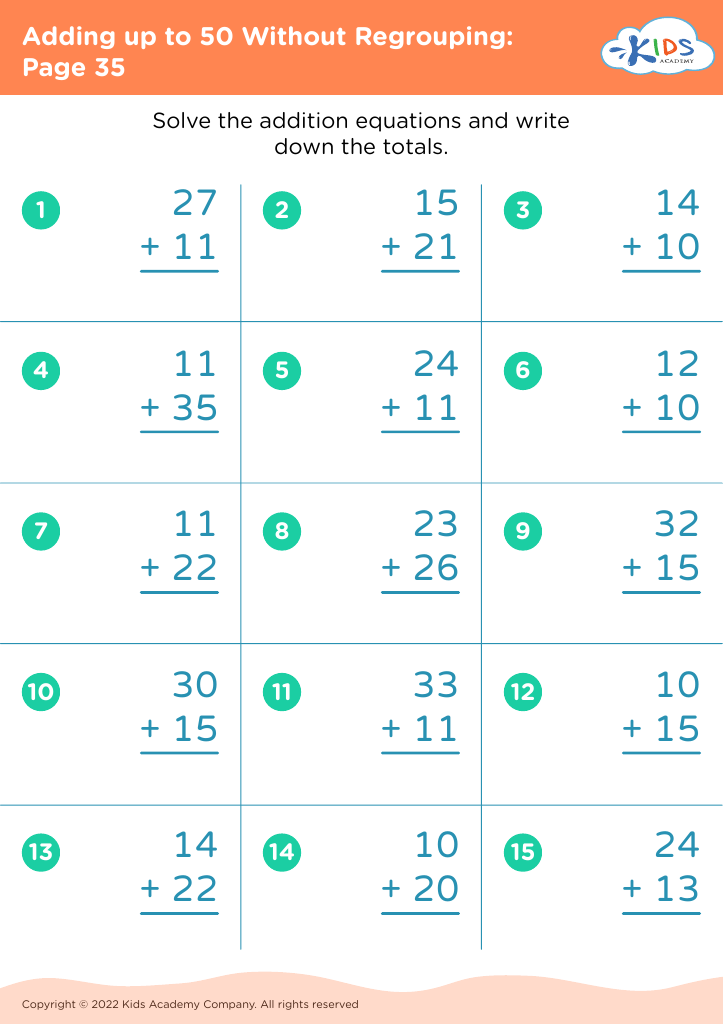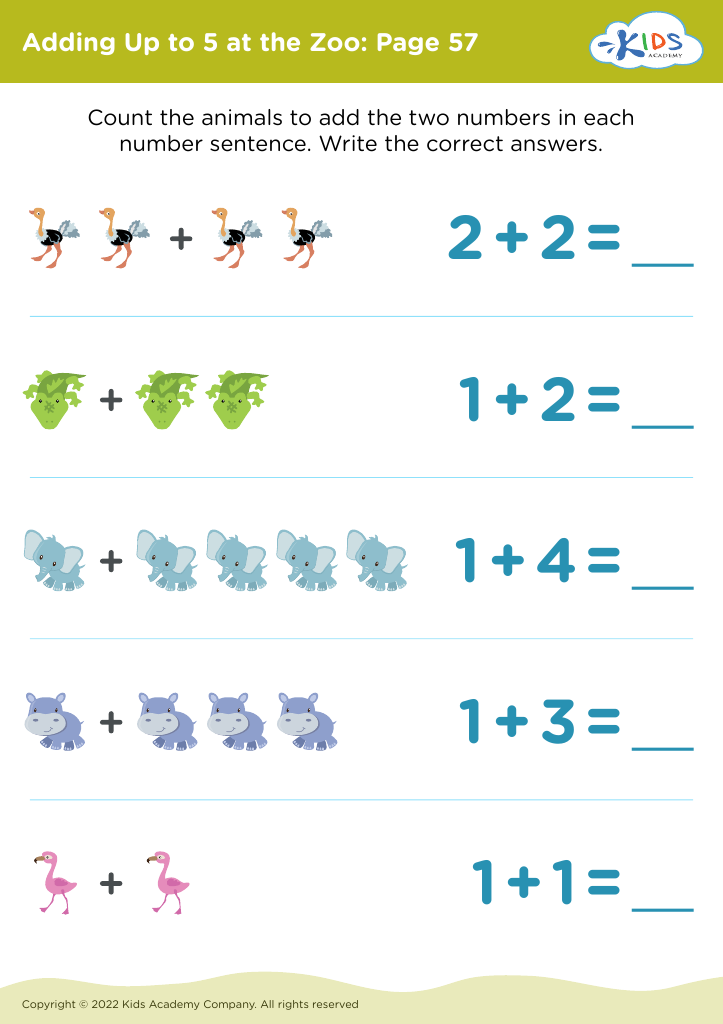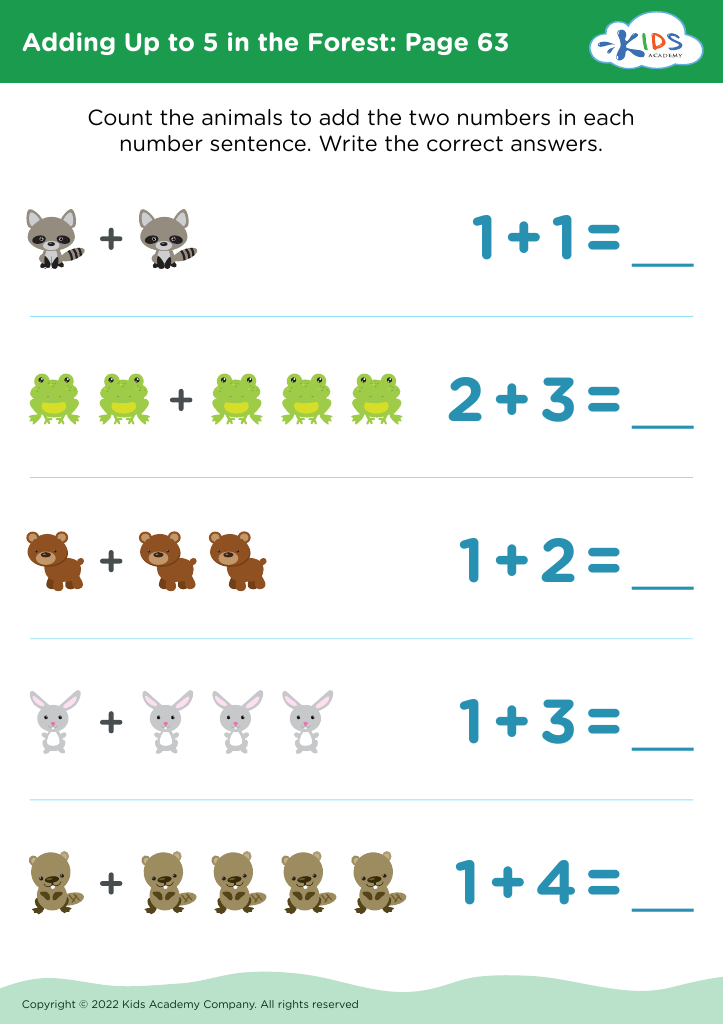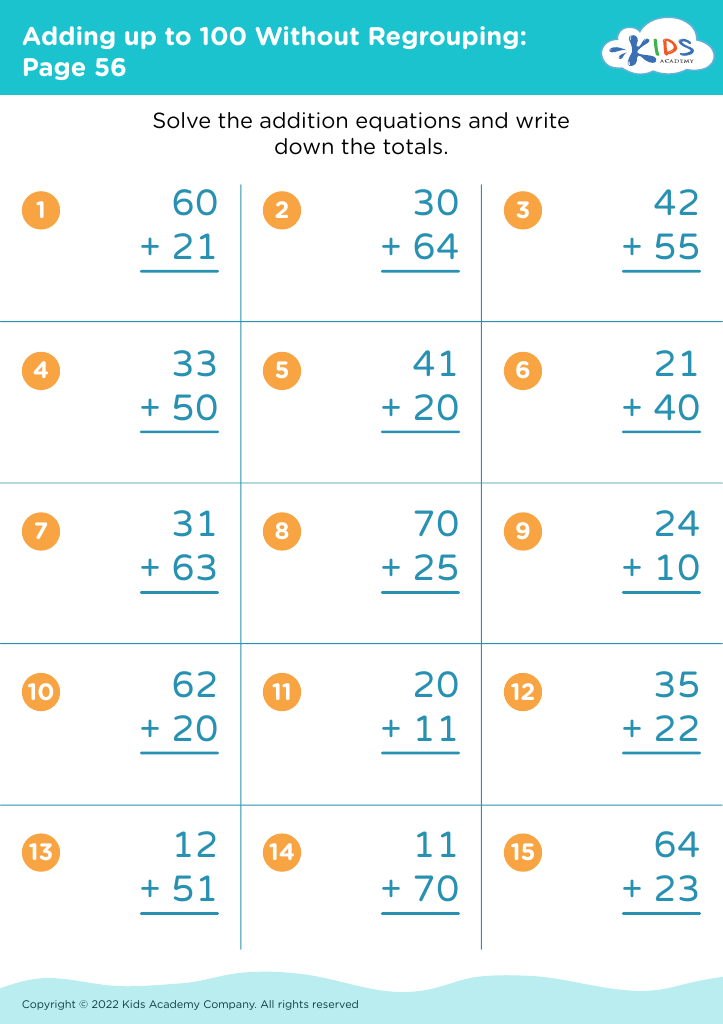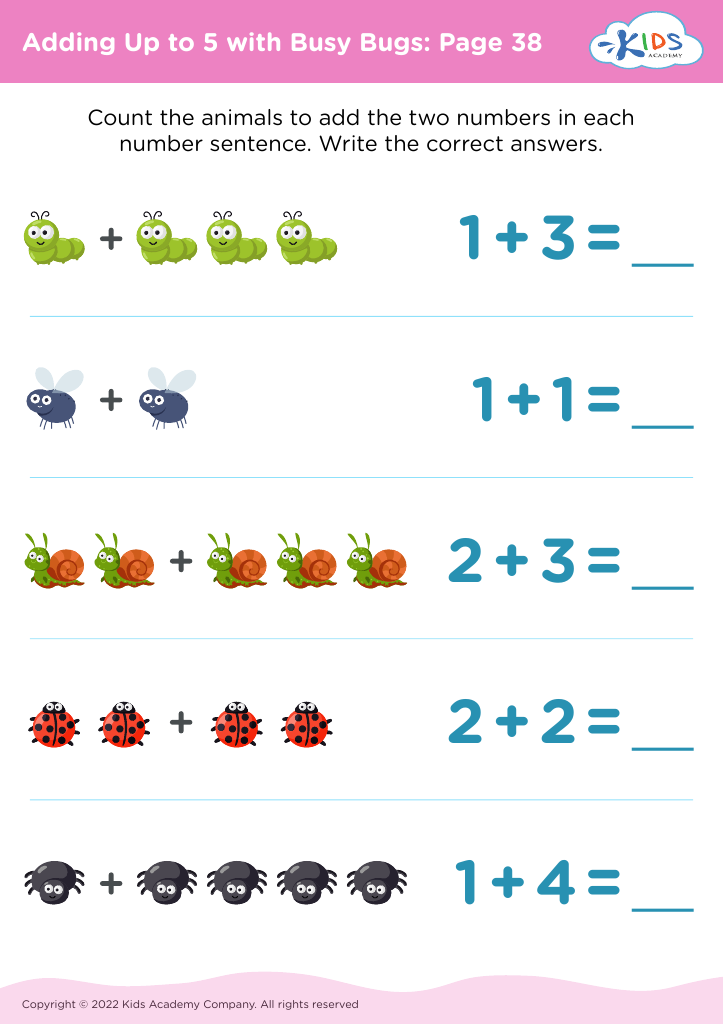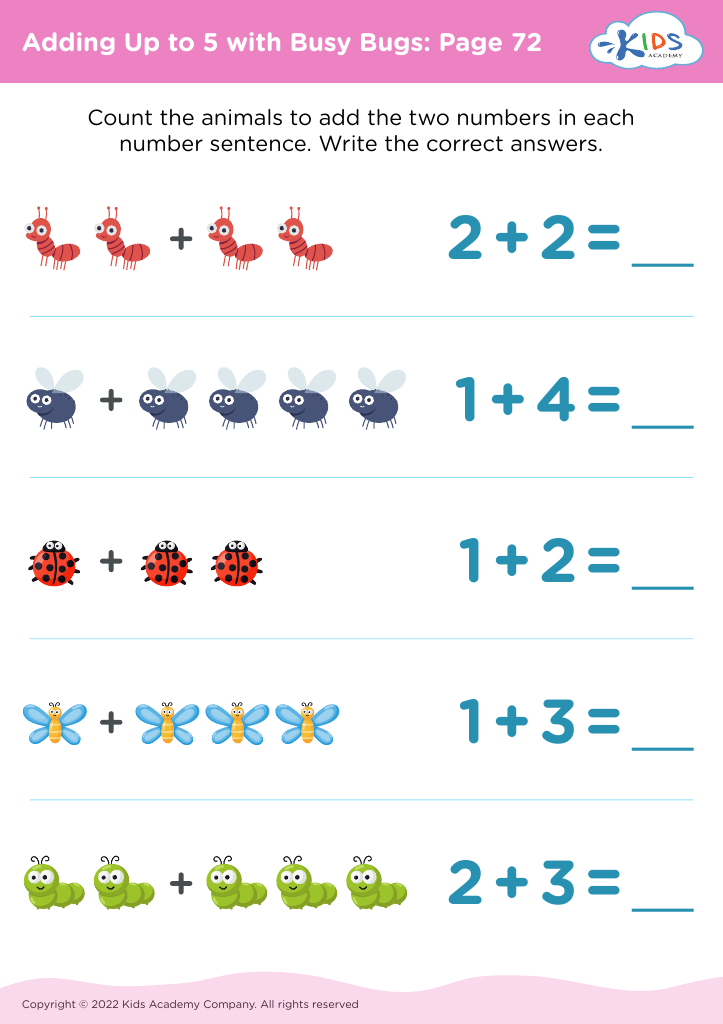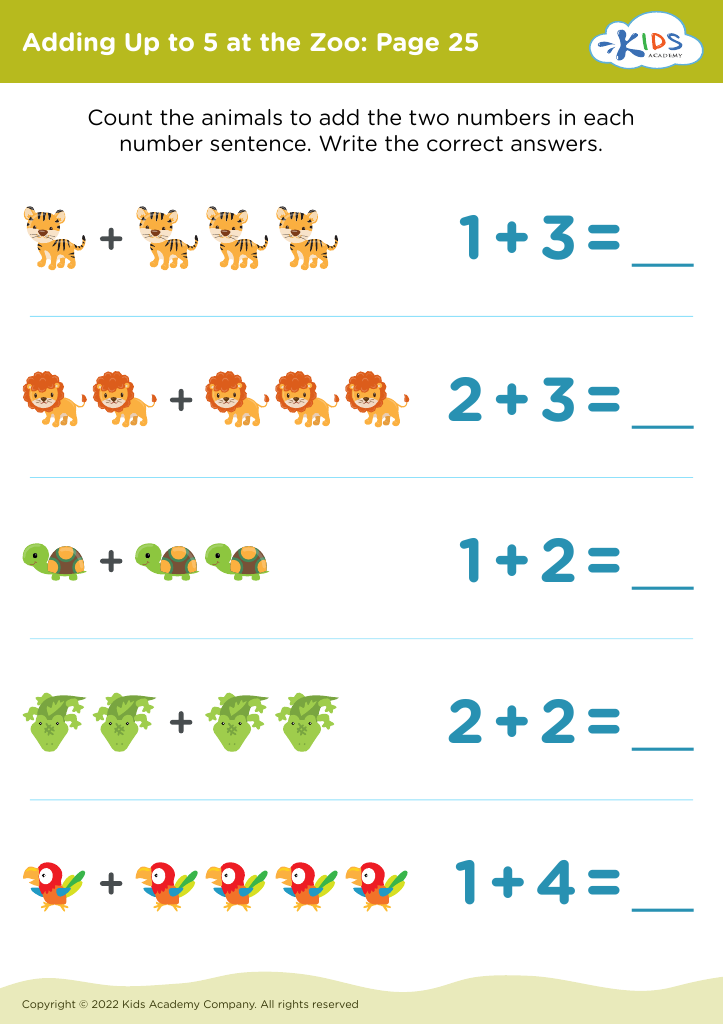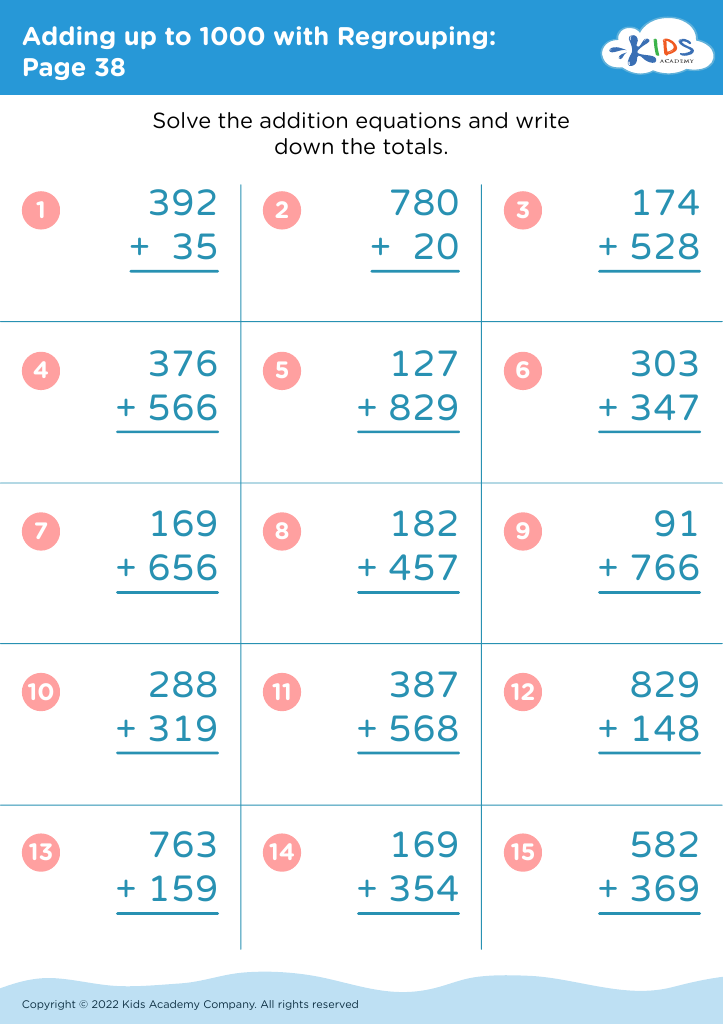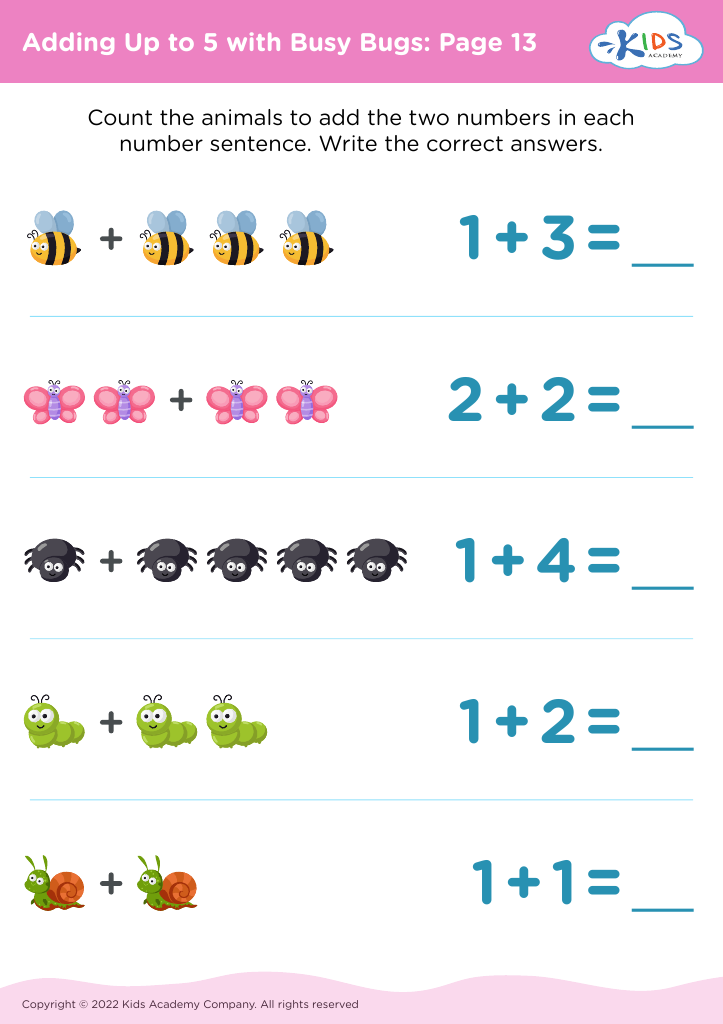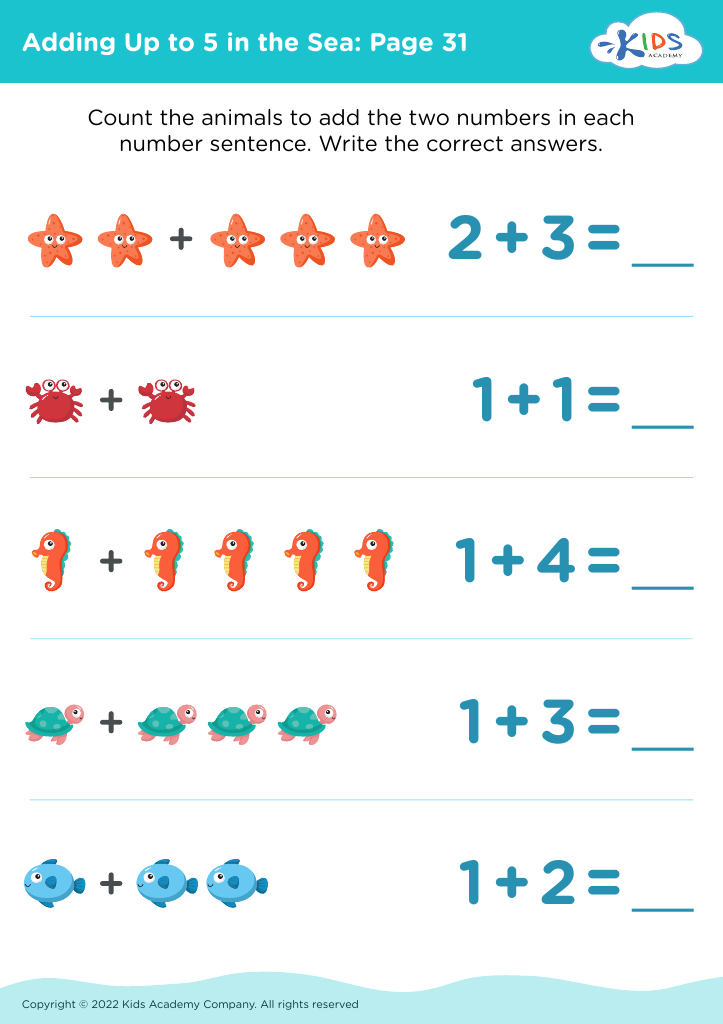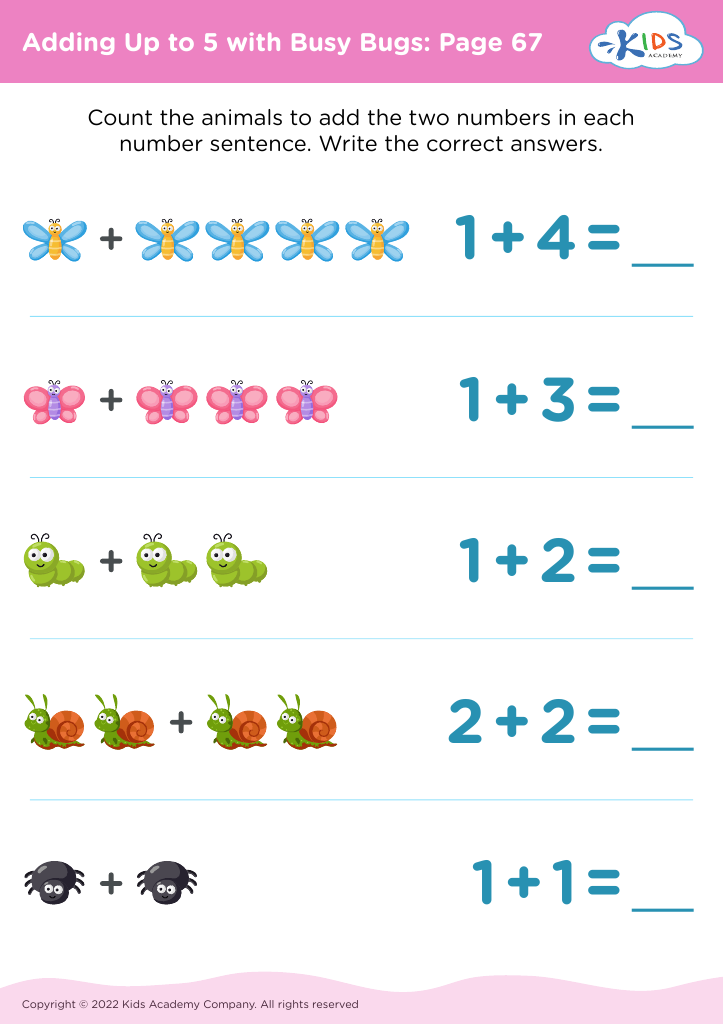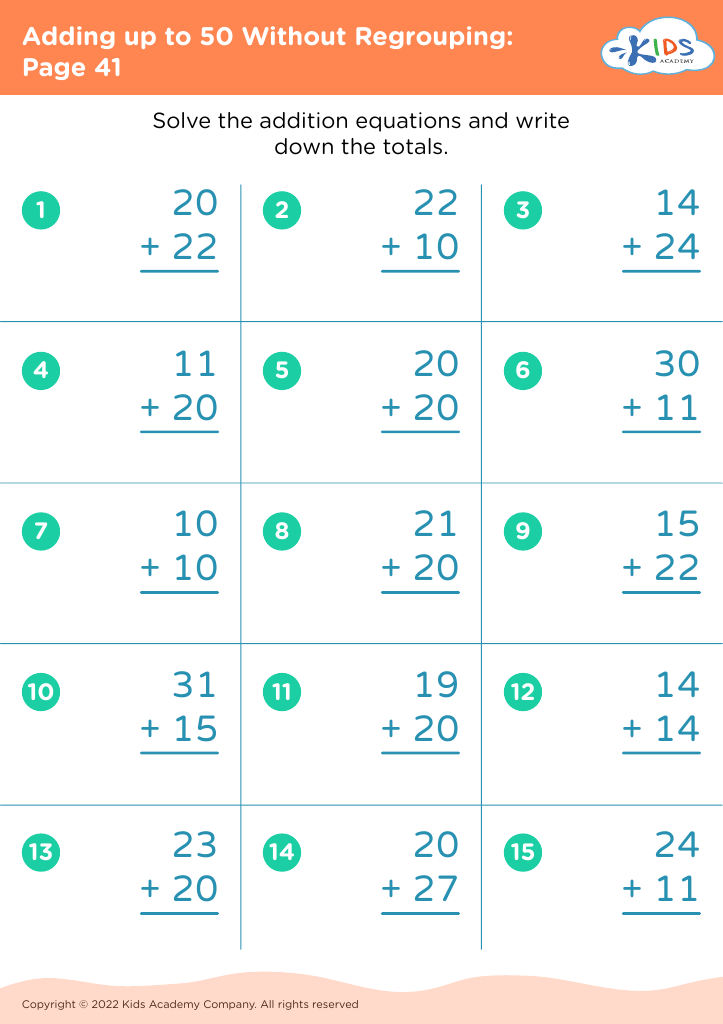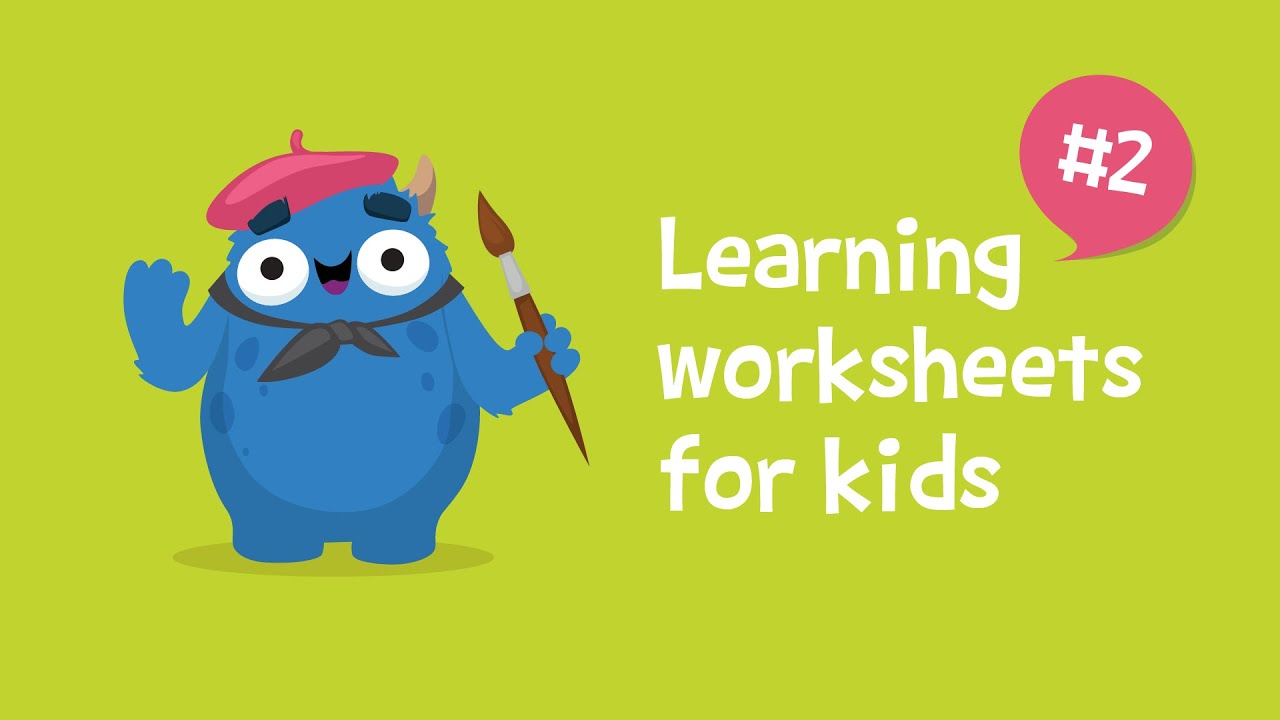Hand-eye Coordination Addition Worksheets for Ages 4-9
25 filtered results
-
From - To
Enhance your child's early learning experience with our engaging Hand-eye Coordination Addition Worksheets, designed specifically for ages 4-9. These worksheets seamlessly blend the essential math skills of addition with fun activities that promote hand-eye coordination. Kids will enjoy exciting exercises that require precise movements and calculation, reinforcing their understanding of numbers while building dexterity. Perfect for preschool and early elementary classrooms, our comprehensive resources encourage hands-on learning and active participation. Help your child develop critical skills that lay the foundation for their academic journey. Explore our collection today and watch your young learners thrive as they master addition and coordination!
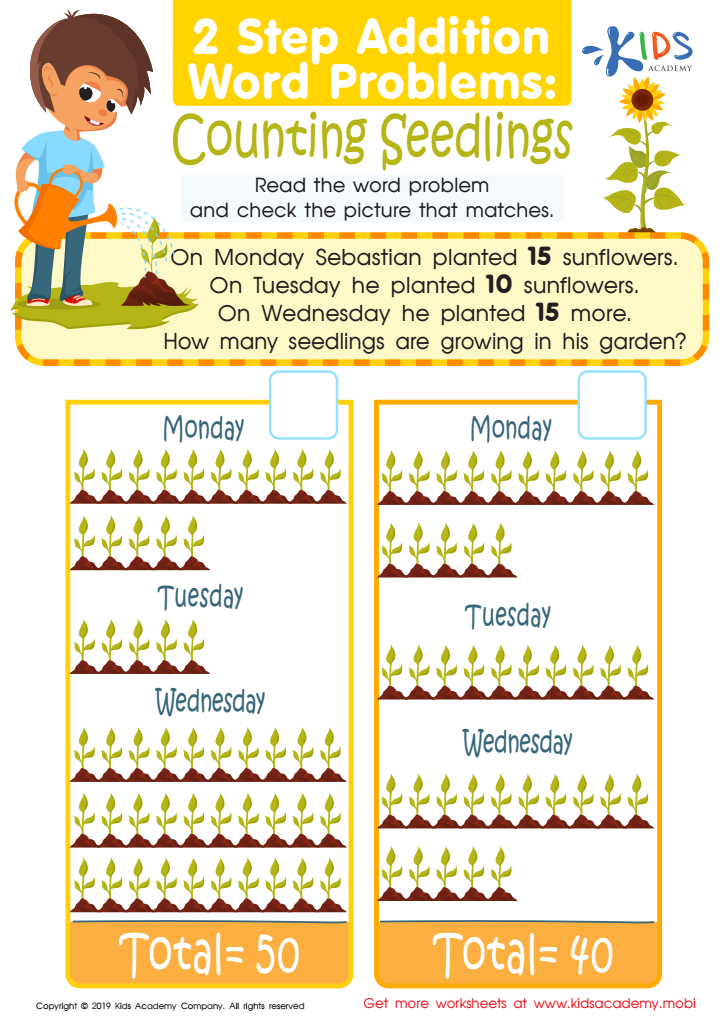

Counting Seedlings Worksheet
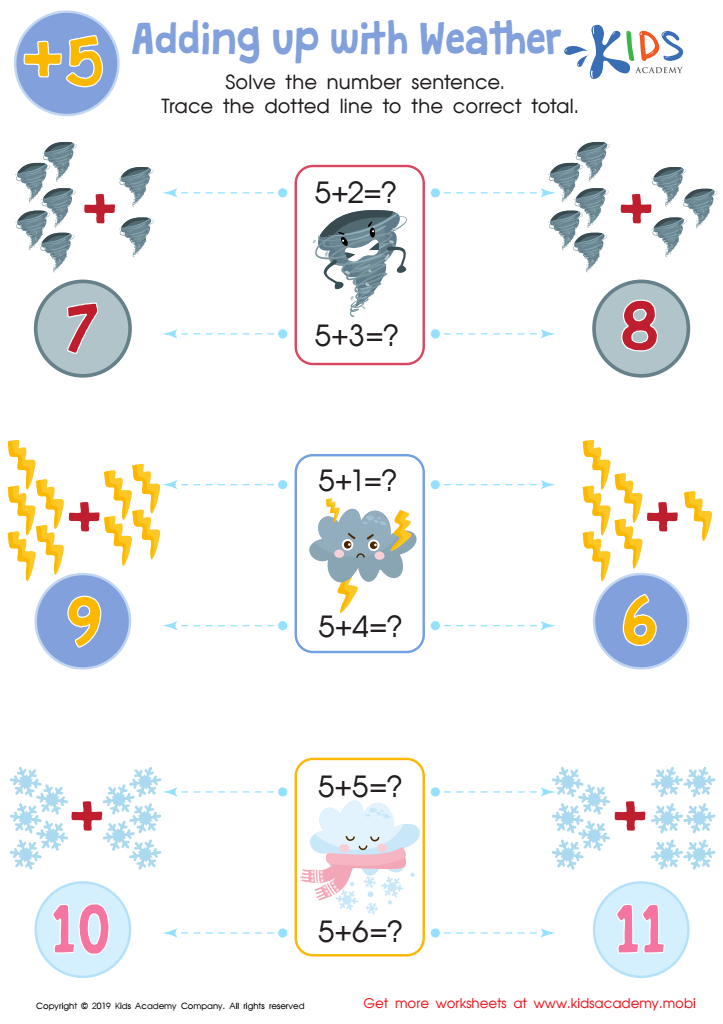

Adding up With Water Worksheet
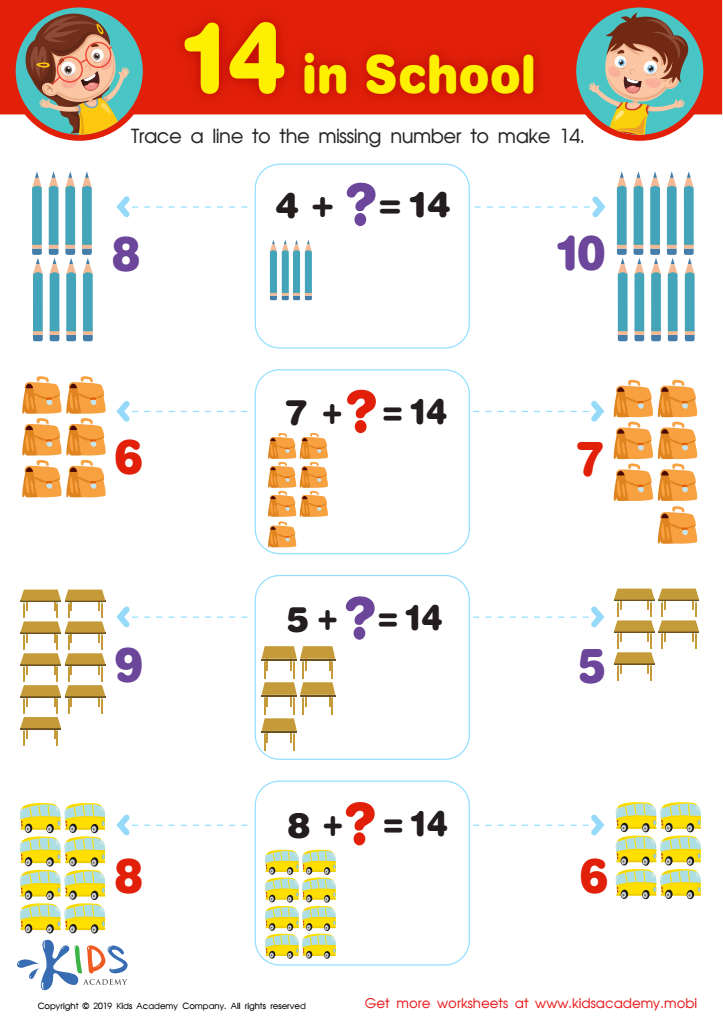

14 in School Worksheet
Hand-eye coordination is a crucial developmental skill for children aged 4 to 9, as it lays the foundation for various academic and daily life activities. Parents and teachers should prioritize this skill because it directly influences a child's ability to perform tasks such as writing, drawing, and participating in sports. Strong hand-eye coordination supports fine motor skills, which are essential for activities like using scissors, tying shoelaces, and eventually, typing.
Additionally, engaging in activities that enhance hand-eye coordination can make learning fun and interactive. Games that involve throwing, catching, or manipulating small objects not only strengthen these skills but also promote hand coordination and cognitive development. Strong hand-eye coordination has been linked to improved concentration and focus, essential attributes in a learning environment.
Furthermore, children who struggle with hand-eye coordination may experience frustration and lower self-esteem when facing everyday tasks. By addressing this developmental area early on, parents and teachers can provide support that fosters confidence and a love for learning. Overall, investing in hand-eye coordination during these formative years is vital in ensuring children's holistic development and preparing them for future academic and physical challenges.
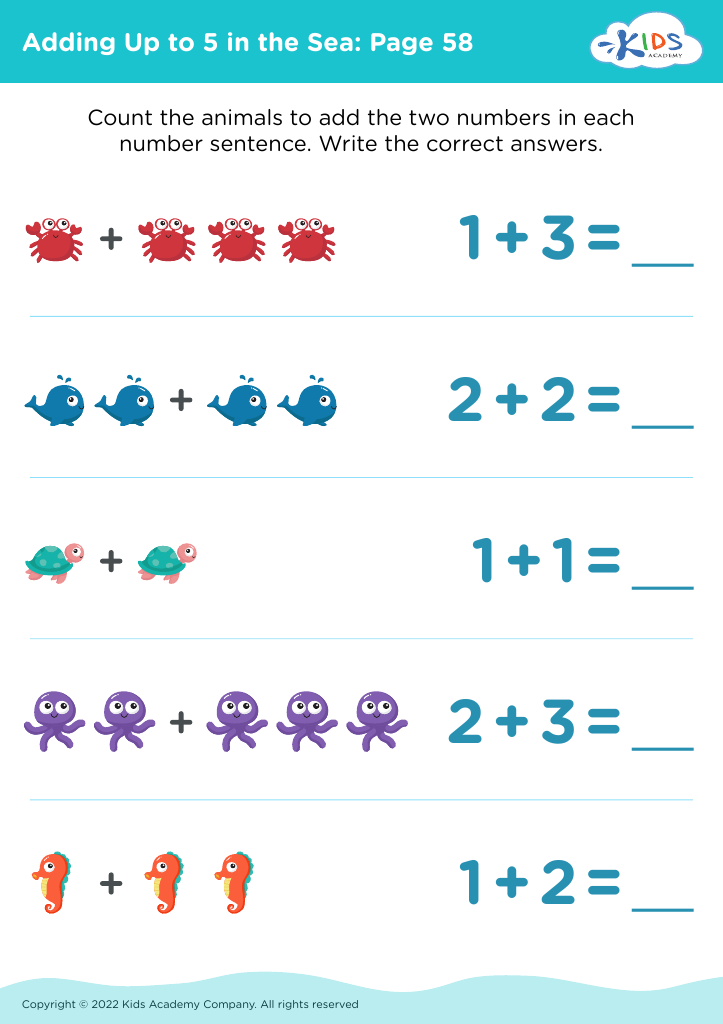

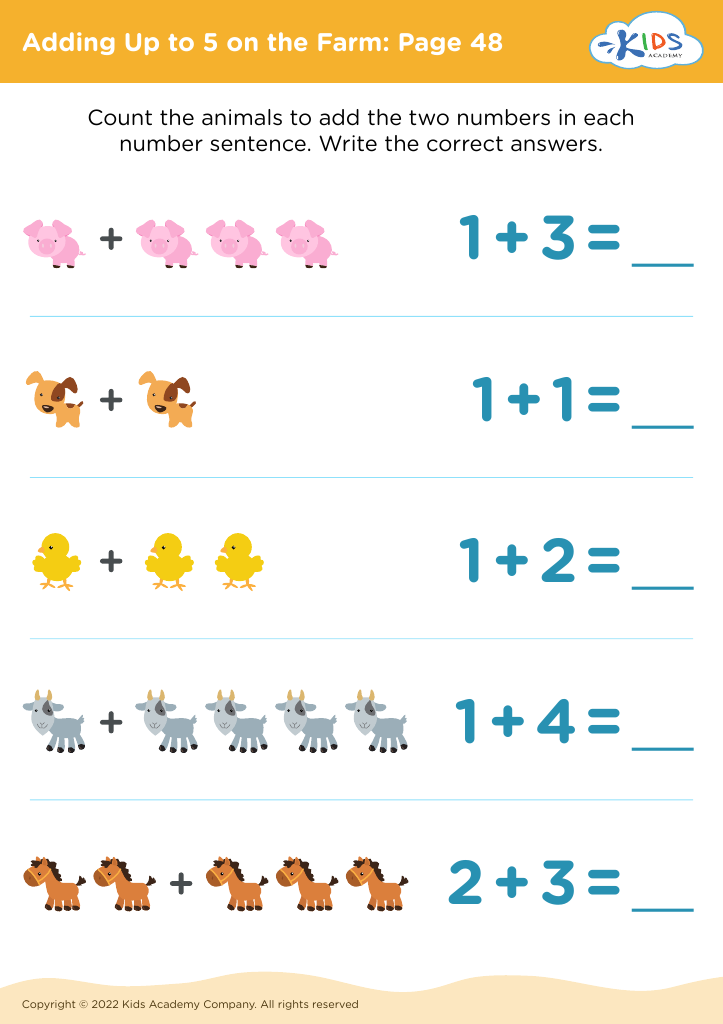
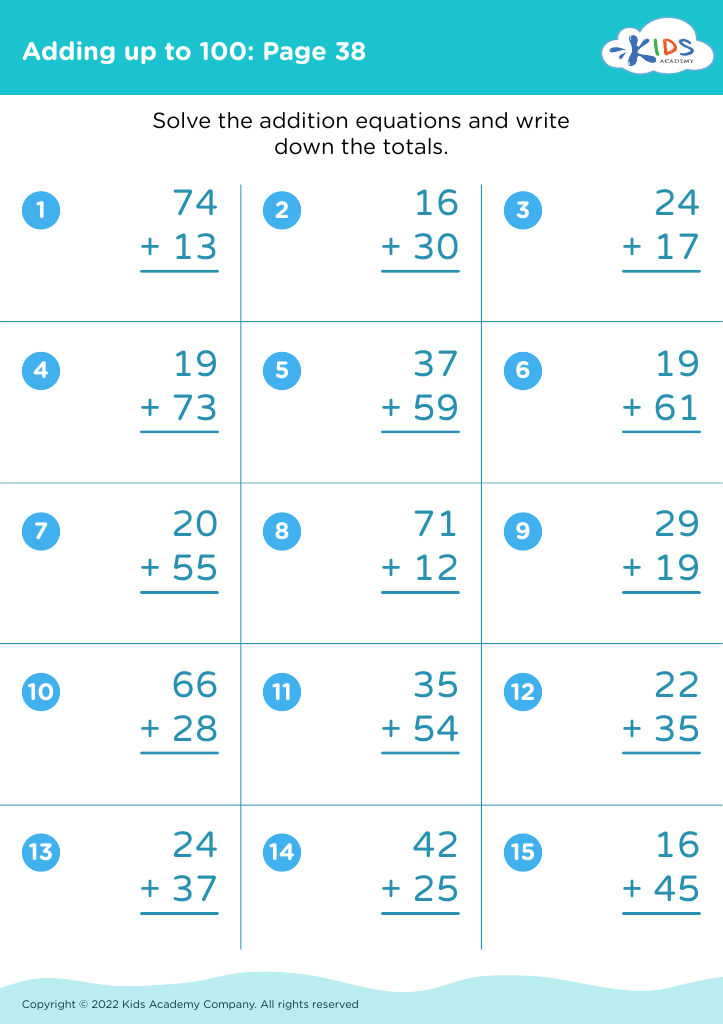
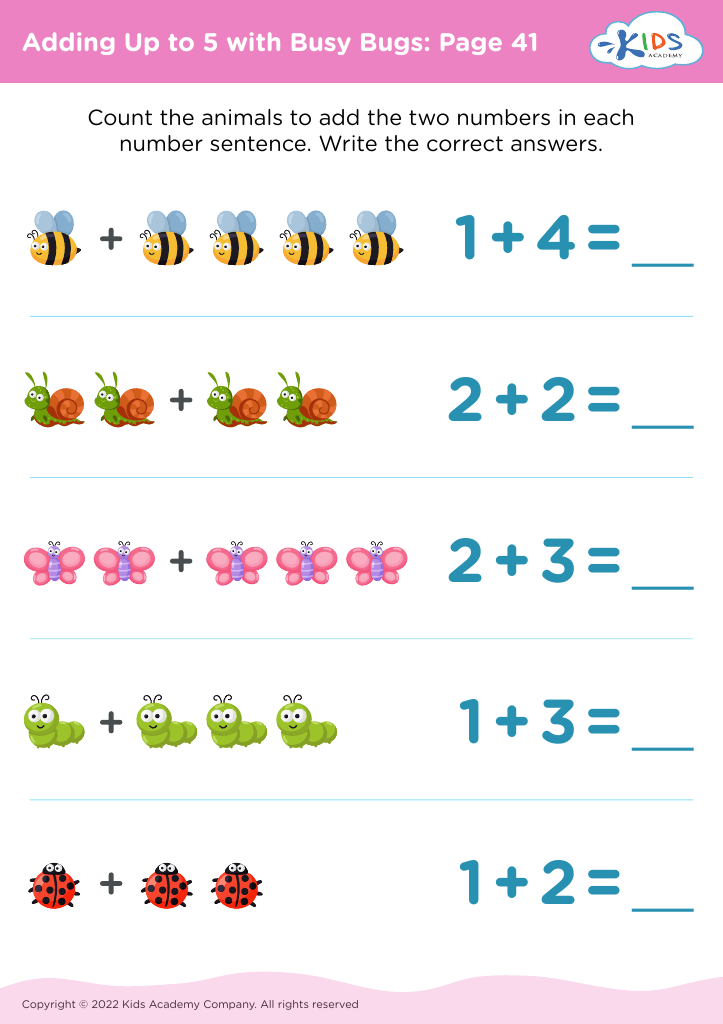
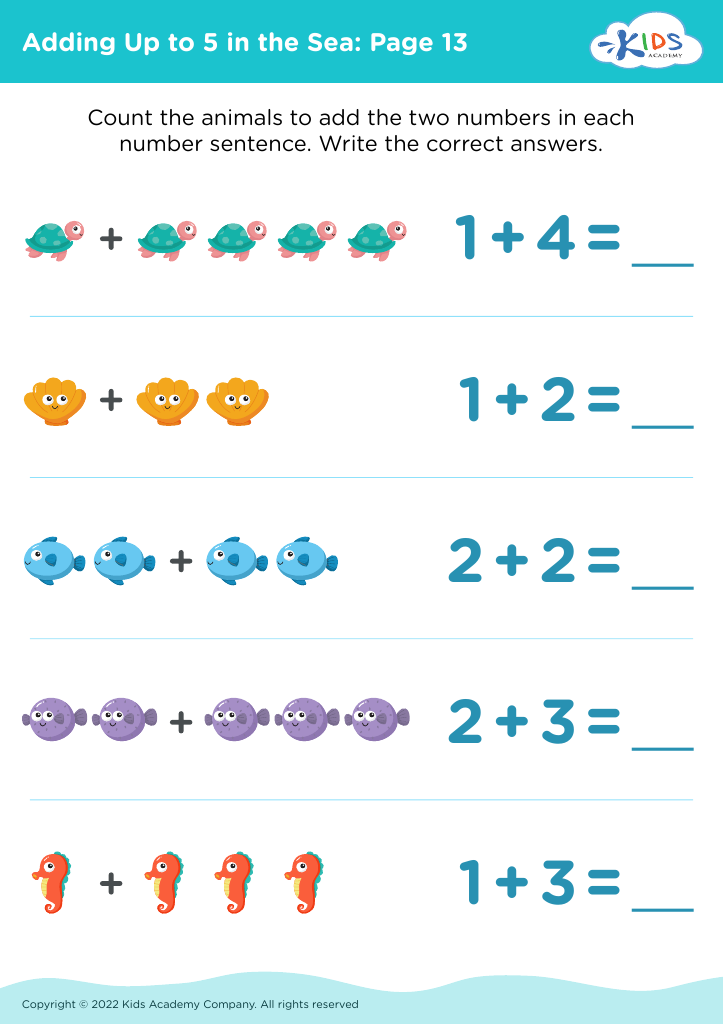
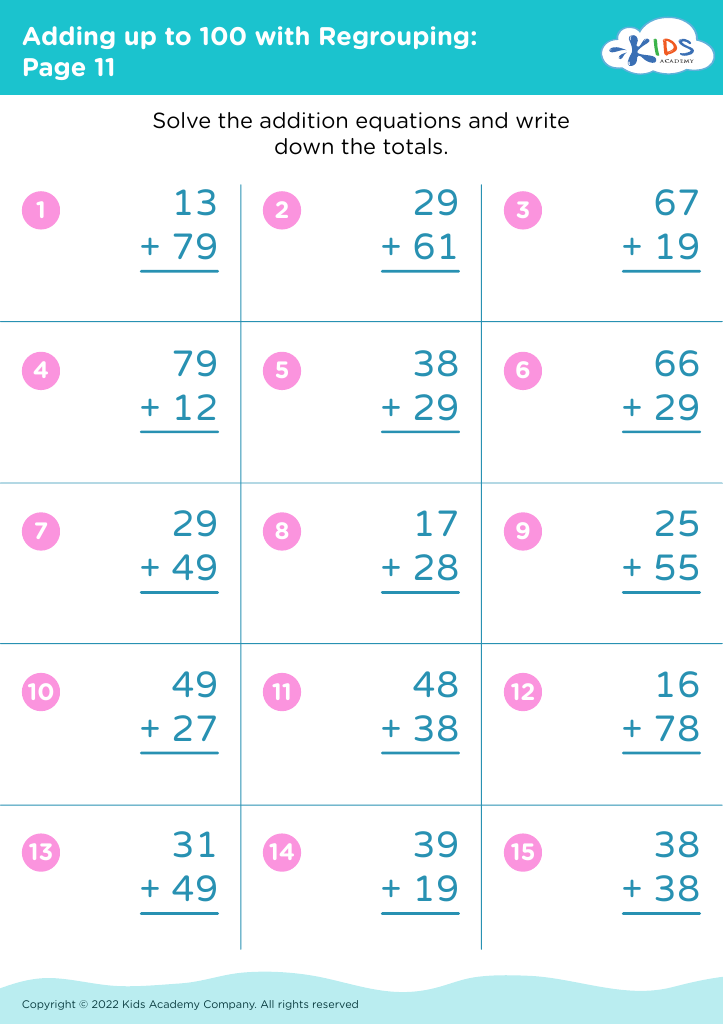
 Assign to My Students
Assign to My Students
